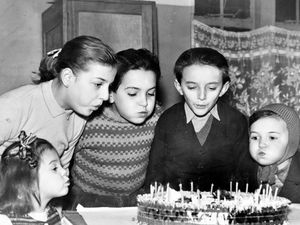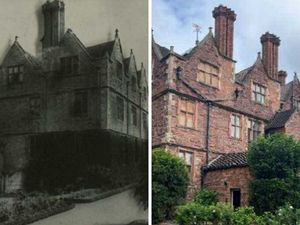The Shrewsbury ambulance station which found a new role after launching life-saving missions
Over decades Shrewsbury's ambulance station at Abbey Foregate launched countless lifesaving missions.
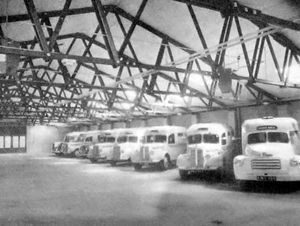
Today lives are no longer at stake – as it is the haunt of shoppers.
It was in 1954 that Salopians welcomed the advent of a showpiece central ambulance station for Shropshire.
When it came into operation in late August or early September of that year it boasted 14 ambulances and six service cars.
And some pictures emailed to us by Ian Alton hint at the sense of pride and achievement at this piece in the jigsaw as the county moved forward in the post-war era.
"The photos of the ambulance station are from a 1954 newspaper produced by the builders," said Ian.
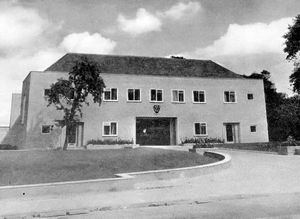
"I am an ex-advance emergency medical technician and started in Shropshire in 2001. I used to crew a very strange looking yellow Volvo ambulance which people called the ghostbusters car. This was when I worked in Shrewsbury.
"I later worked in Bridgnorth before moving to Penn and Tettenhall.
"I have loads of stories and memories as I was brought up with the service. My late father Ivor was Bridgnorth's first ever qualified paramedic.
"I'm not a historian, though I do find history addictive."
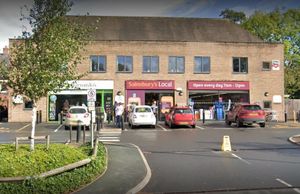
The building at Abbey Foregate fell empty when the ambulance station moved to a new £1.2 million centralised "hub" in Longden Road in 2013. The maintenance and service yard area at the back was demolished.
Plans for the former ambulance station were given the go-ahead in November 2014, including 14 new homes and two shops, and in September 2015 Sainsbury's opened its latest store in the building.

When the ambulance station had opened in 1954 it took the place of two temporary depots in the central area of the county, at Cross Houses Hospital, and at the county council highways depot at Meole Brace.
It was also the headquarters of Shropshire's ambulance service, which had previously been at the health department at College Hill, Shrewsbury.
In tandem with the opening of the new ambulance station, a transmitting station at Lyth Hill was nearing the end of a three month test. The control room at the Shrewsbury headquarters was in contact with ambulances by radio, which seems to have been a new development at the time.

For the purposes of the tests from Lyth Hill, over 24 days a total of 11 ambulances were equipped with radio-telephone apparatus.
"It is anticipated that the radio link, which will enable ambulances to be diverted to urgent cases instead of, perhaps, having to be sent long distances from the station, will mean a saving in time and mileage," the contemporary Wellington Journal & Shrewsbury News reported.

